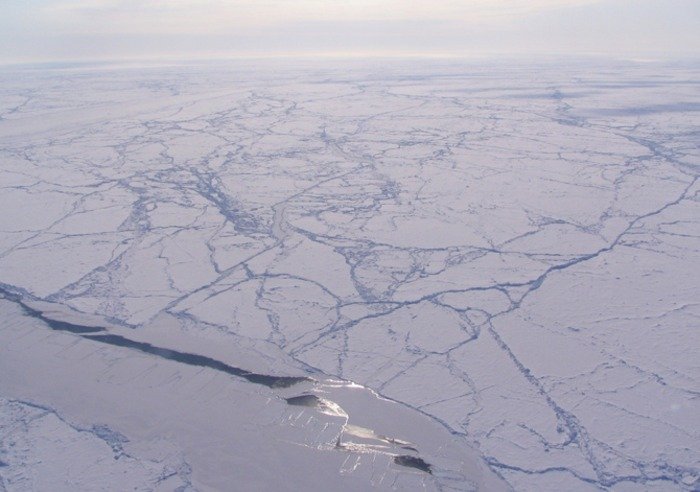PASADENA, Calif., Feb. 13 (UPI) -- U.S. and European satellites confirm Arctic sea ice volume declined 36 percent in the autumn and 9 percent in the winter in the last decade, scientists say.
Recent research has combined records of ice measurements from NASA's Ice, Cloud and Land Elevation Satellite, the European Space Agency's CryoSat-2 satellite, airborne surveys and ocean-based sensors, NASA reported Wednesday.















